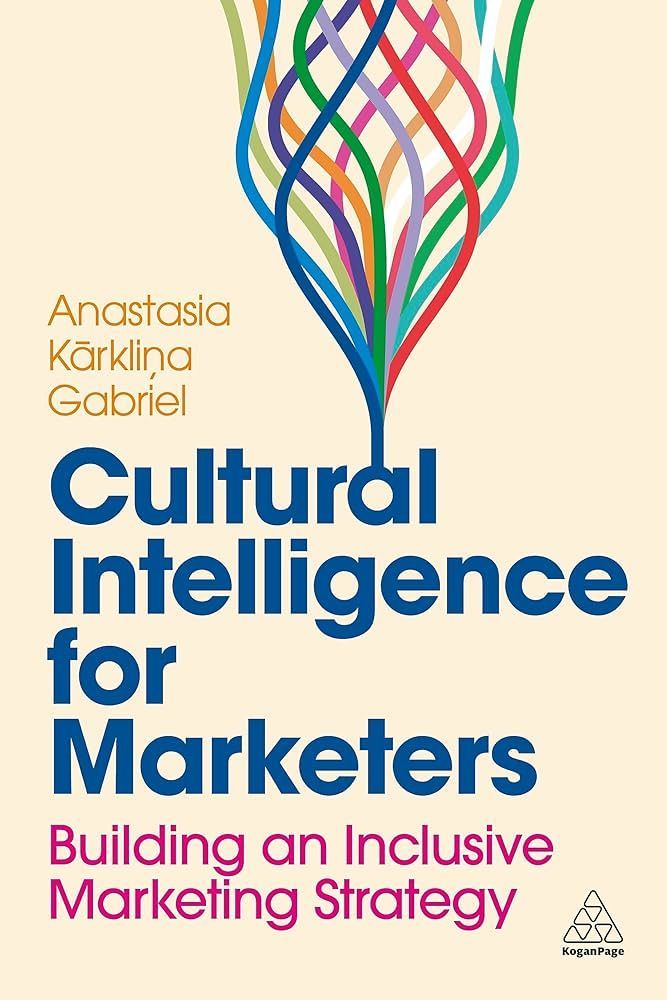'The Power of Mindful Marketing' Blog

As a marketer obsessed with creating designs that resonate and drive change, I recently devoured "Cultural Intelligence for Marketers" by Dr. Anastasia Kārkliņa Gabriel. This book is a goldmine for those of us striving to create visuals and campaigns with real cultural impact. Here are three key insights that have reshaped my approach to impactful design: Representation is About Depth, Not Just Diversity Gone are the days when diverse casting alone cut it. Dr. Gabriel pushes us to dive deeper, considering not just who we portray, but how we tell their stories visually. This challenges us to create designs that authentically capture diverse experiences, not just diverse faces. As designers, we need to collaborate with voices from different backgrounds, ensuring our visual storytelling rings true. It's about crafting imagery and layouts that don't just look inclusive, but feel genuine to the communities we're representing. This might mean rethinking our visual language, color palettes, and even the platforms we use to reach different audiences. Cultural Fluency Demands Constant Evolution In our fast-paced visual world, it's tempting to think we can nail down cultural trends and be done. Dr. Gabriel reminds us that cultural intelligence is an ongoing journey. This resonates deeply with my belief in continual design innovation. We need to foster a culture of visual exploration in our teams, always seeking new aesthetic influences and staying attuned to shifting cultural symbols. It's about developing the flexibility to evolve our design approaches as culture changes, ensuring our work always feels fresh and relevant. Our Designs Shape Culture - Use This Power Wisely Perhaps the most profound takeaway is recognizing the cultural influence our designs wield. We're not just creating pretty visuals; we're shaping how people perceive themselves and the world around them. This power demands responsibility. It challenges us to think beyond aesthetics and consider the broader impact of our visual choices. How can our designs contribute positively to culture? It's about aligning our creative vision with meaningful cultural movements and using our visual platforms to drive positive change.

In an era where consumer inboxes are constantly flooded, Harry & David's recent email campaign stands out as a beacon of thoughtful, trauma-informed marketing. Their approach to Grandparents Day communications demonstrates a deep understanding of customer needs and experiences, going beyond mere sales tactics to truly prioritize customer well-being.

In today’s rapidly evolving digital landscape, the importance of inclusive design cannot be overstated. Companies like Microsoft are at the forefront of this movement, creating tools and guidelines that empower others to embrace inclusivity. Microsoft’s Inclusive Design site—found at inclusive.microsoft.design —serves as a comprehensive resource for anyone looking to understand and implement inclusive practices in their work. As someone deeply invested in inclusive design, strength-based messaging, and trauma-informed marketing, I find Microsoft’s approach both commendable and inspiring.


